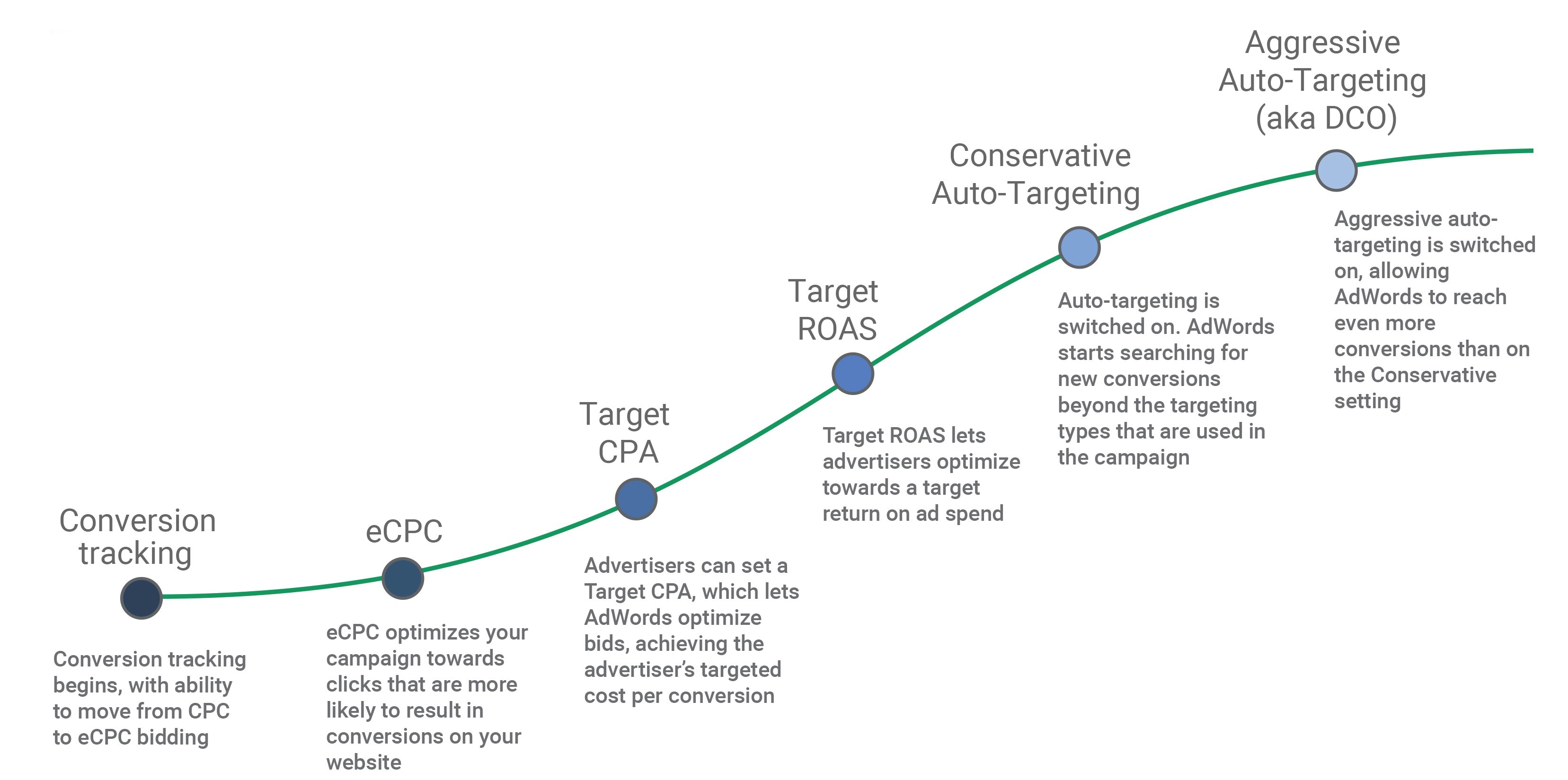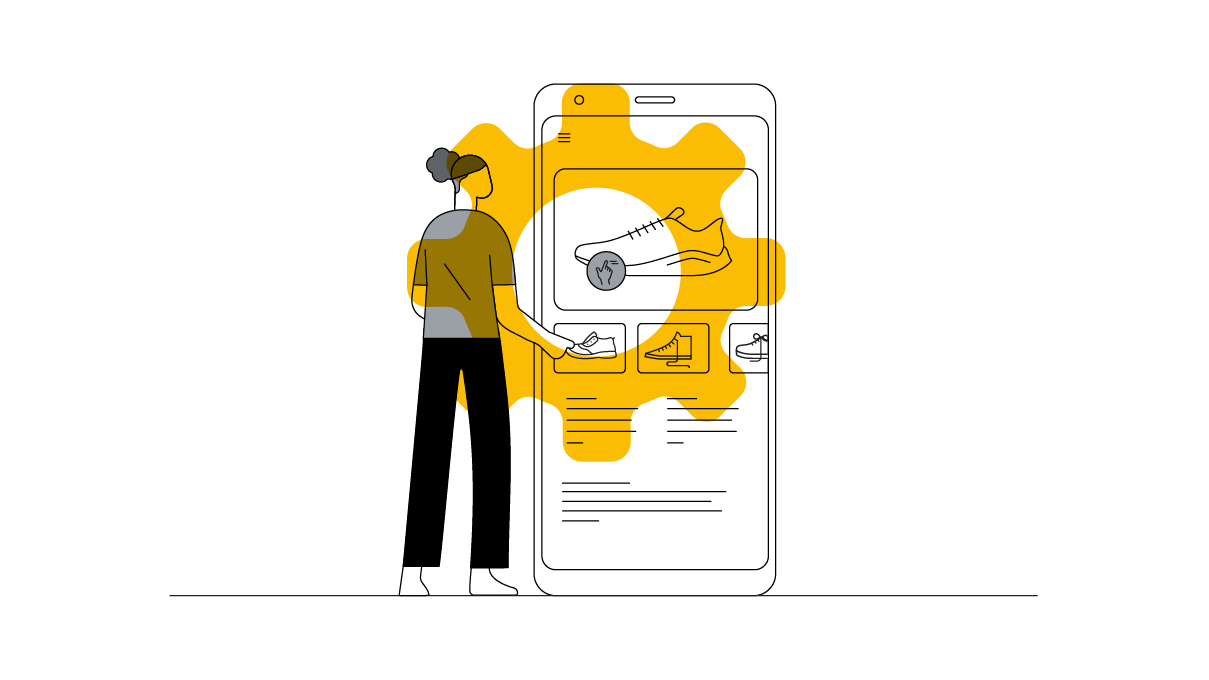Mindvalley, a cutting-edge education company, was reaching a new stage of its business and seeking to reach a larger customer base. The company challenged itself to take a data-driven approach to execute the most effective expansion methods. Find out how they utilized Google display advertising best practices to meet their objectives.
GOALS
Increase revenue and conversions while maintaining cost per conversion
Find scalable and replicable methods to gain more valuable traffic
Automate the optimization and scaling process
APPROACH
Used Google’s display best practices and automated campaigns
RESULTS
Increase in lead and sales conversions by 484%
Cost per conversion successfully maintained
Increase in valuable traffic by 528%
Tripling of operations with the same headcount, 80% time-saving on all campaign optimisation efforts
Mindvalley is a transformational education company that incubates ideas and learning experiences by the best authors in personal growth, health and fitness, spirituality and mindfulness. It currently serves 3M students, subscribers and followers worldwide.
With laser-focus on growth and efficiency, Mindvalley sought expansion while keeping optimization at the heart of its business. The company thrives on the principles of testing and experimentation until the right solution is discovered.
Arriving at a new stage of its business and seeking to reach an even wider audience, the Malaysia-based company challenged itself to take a data-driven approach to discover and execute the most effective expansion methods available.
Their business aims included decreasing cost per lead while increasing revenue, finding scalable and replicable methods to gain more valuable traffic, all the while automating the optimization and scaling process.
Mindvalley had been a long time user of Google Ads,1 acquiring 90% of its traffic through Google campaigns. But as Mindvalley set higher growth targets for its business, automation and smarter bidding became more important to its marketing strategy.
Mindvalley identified Google’s Automatic Targeting as the solution best suited to grow their business. Automatic Targeting is a targeting type that optimizes an advertiser’s campaigns across the Google Display Network, reaching new and relevant customers that were not previously being targeted by the campaign settings. True to its name, it does this automatically for the advertiser once the setting is switched on for an existing campaign.
An advertiser can then select from “conservative targeting” or “aggressive targeting”. The aggressive targeting option is also known as Display Campaign Optimizer. Both options will help reach additional customers, but “aggressive targeting” applies significantly broader exploration to the campaign, while still maintaining a comparable cost per acquisition.
Within five months of switching Automatic Targeting on for their display campaigns, Mindvalley successfully achieved a 484% growth in lead and sales conversions. Not only did they grow their site traffic by 528%, they maintained their cost-per-acquisition (CPA). Due to the automation of this new targeting type, Mindvalley gained a valuable 80% time-savings on all campaign optimization efforts, effectively tripling their operations with the same headcount.
Mindvalley's path to automation
To achieve both scale and efficiency, Mindvalley followed Google’s best practice framework of nurturing their campaigns through a series of bid strategies that stacked on each other to lay the performance foundation for automation.

They started first by running their campaigns on the basic bid strategy of cost-per-click (CPC) while optimizing rigorously. As conversions started to come in, the campaigns began to form a base of performance history for the bid strategy of enhanced-cost-per-click (eCPC) to function effectively. Mindvalley then switched on eCPC on their campaigns, while keeping a close eye on performance.
After 30 days, the campaigns had sufficient performance history to use the more intelligent bid strategies of Target CPA and Target ROAS (return on ad spend). Mindvalley then moved their campaigns to the Target CPA bid strategy by setting a target cost per acquisition that they were hoping to achieve.
"Automating the discovery, optimization and scaling of our GDN campaigns by using the path to Automatic Targeting was an ‘A-ha!’ moment,” revealed Emilian Vasi, Head of Marketing at Mindvalley. “We found Google’s Aggressive Auto Targeting to be the best solution to acquire scalable, high-quality and cost-effective traffic."
For another 30 days, Mindvalley watched as their campaigns began to hit satisfactory CPA targets, before deciding it was time to scale this performance via Automatic Targeting. At the flip of a switch, Automatic Targeting leveraged all of the performance signals that their campaigns had accrued, along with their Target CPA bid, and began to automatically and aggressively explore new inventory across the Google Display Network (GDN). Mindvalley conversions were now significantly increasing, while cost per acquisition was successfully maintained.
“Automating the discovery, optimisation and scaling of our GDN campaigns by using the path to Automatic Targeting was an ‘A-ha!’ moment,” revealed Emilian Vasi, Head of Marketing at Mindvalley. “We found Google’s Aggressive Auto Targeting to be the best solution to acquire scalable, high-quality and cost-effective traffic.”
Big wins
With Automatic Targeting, Mindvalley successfully met their business challenges and exceeded the targets they had set. Lead and sales conversions were up by 484% and traffic scaled up by 528%. The best part was that the cost per conversion remained the same. Mindvalley also managed to triple their operations, given the same headcount, and drove 80% time-saving on all campaign optimisation efforts.
Vasi says of this:“Google’s automated algorithms work! A 484% increase in conversions over five months supports that claim. This, while maintaining the same cost-per-acquisition and growing revenue proportionally. If you want to scale while moving towards automation, start experimenting with Google’s Automatic Targeting. A minute ago, if possible.”






